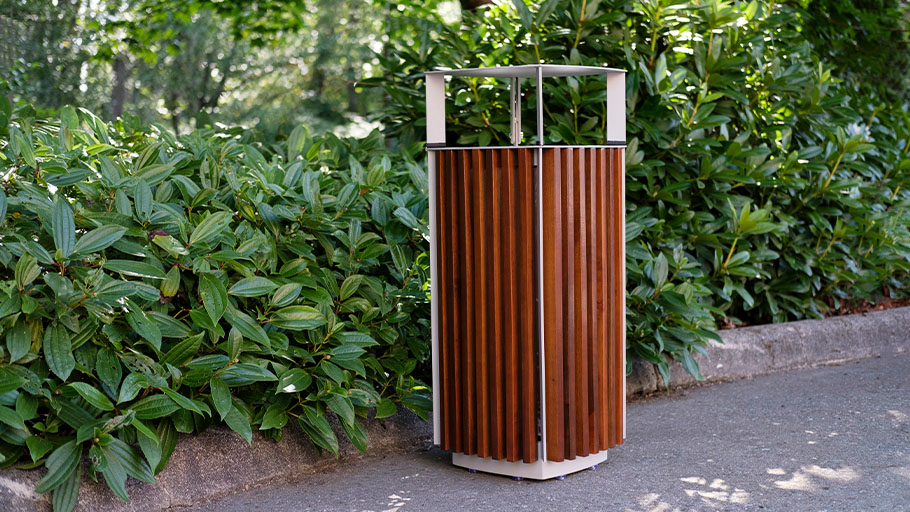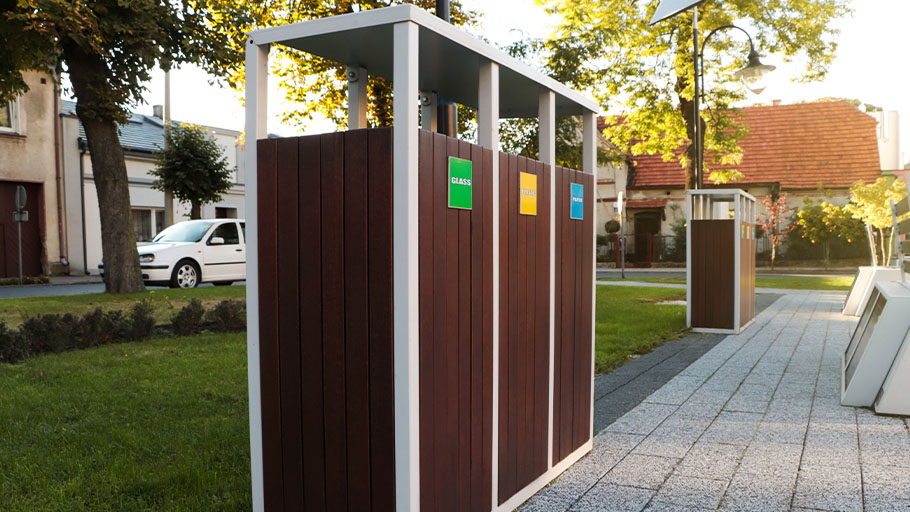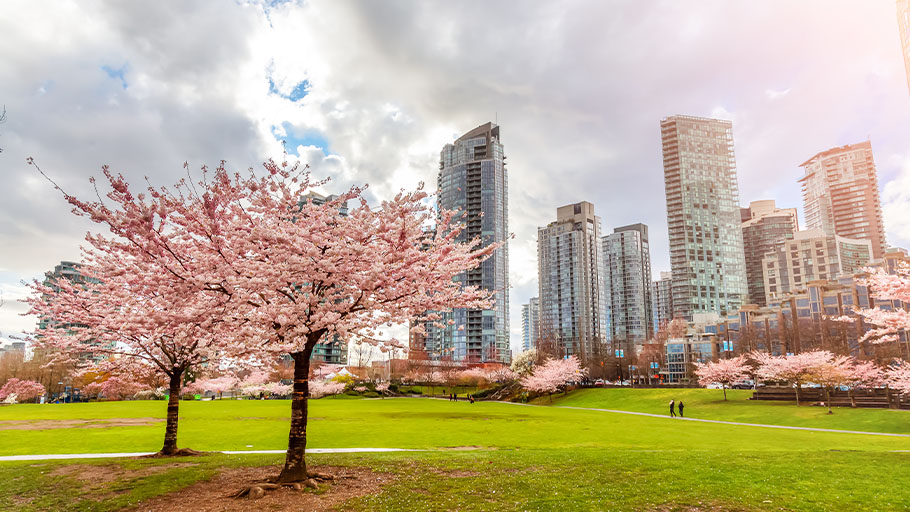Guidelines across North American cities

Promoting the use of waste bins is crucial for maintaining a clean and sustainable environment. Ensuring accessibility for all, including individuals with disabilities, is an important aspect of waste management. While general accessibility guidelines set by the ADA can be applied to public amenities, specific regulations for trash can accessibility may vary among North American cities. For instance, cities like Toronto have comprehensive accessibility guidelines, whereas recommendations in locations like Vancouver are less specific. In this article, we delve into a comparative analysis of municipal guidelines, emphasizing the design and placement of garbage bins with a focus on accessibility.
US Cities’ Municipal Waste Bin Guidelines

While many US cities such as Portland and Seattle have supplemental guidelines for accessibility in their building codes, they do not have requirements specific to garbage bins. Many cities, like New York and Los Angeles, follow ADA and FHA guidelines for accessibility. While neither of these have specific requirements for garbage bins, the ADA does have reach requirements that, combined with the general signage and floor space recommendations, determine the required height and placement of waste receptacles to remove any barriers in their use.
ADA Guidelines

There are a few general ADA guidelines that should be taken into consideration when installing bins in regions where specific municipal guidelines have not been put into place. These can help determine the appropriate height requirements and placement for garbage bins and other site furnishings.
Ground Space
- There must be a minimum of 30 x 48 inches of level ground space
- Ground space should face either forward or parallel to an element
- Slopes must not be steeper than 1:48
- One fully unobstructed side of the clear floor or ground space shall adjoin an accessible route or adjoin another clear floor or ground space.
Reach
The ADA guidelines for reach dictate that both forward and side reach require any element to be between 15 inches and 48 inches high if access is unobstructed, which should be the case in typical receptacle installations.
Toronto Waste Receptacle Accessibility

Unlike many North American cities, Toronto gets very specific in their municipal waste bin guidelines. Waste bin design and placement must adhere to specific regulations found in the Accessibility Design Guidelines. Trash and recycling bins must have a continuously accessible path of travel with unobstructed access to the exterior of any amenity. This means that there should be no barriers or obstacles in the way of the bin, allowing individuals with mobility devices such as wheelchairs, canes, or crutches to access it easily. Additionally, bins should be on a level ground surface to avoid tripping hazards and discomfort for people with mobility devices. Surfaces with grating or grills should have openings of a maximum of 1/2 inch (13 mm) to prevent canes, crutches, and wheels of mobility devices from getting stuck.
Moreover, lids and openings on waste bins must be provided, and they should be self-closing and operable with a closed fist. The design should also consider people with low or no vision and should have a contrasting color or brightness against the surrounding area, making it easier for visually impaired individuals to locate the opening. Height must also be considered; bin openings must be between 35.4 inches (900 mm) and 41.3 inches (1050 mm) from grade to be accessible to people with disabilities. Additionally, bin openings should be cane detectable, allowing people with visual impairments to navigate and detect with their cane.
Vancouver Bin Accessibility

As one of the greenest cities in the world, Vancouver puts a lot of emphasis on putting waste in its place. The city’s website has an entire section dedicated to their zero waste stations that provide separate color-coded bins for passersby to separate their recycling and garbage in various public spaces, including parks, public plazas, streets, and beaches. While Vancouver has all manner of rules and regulations around how several types of waste should be handled, it does not have specific accessibility guidelines for the design and placement of municipal waste bins. However, the province of British Columbia provides general accessibility guidelines through the Building Accessibility Handbook. Although these guidelines do not have specific requirements for garbage bin design and placement either, they do provide guidance that can be applied to ensure accessibility. For instance, the handbook requires that public spaces have accessible pathways, which is similar to Toronto’s guidelines around receptacle placement. Additionally, the requirement for grated surfaces to have a maximum opening of 1/2 inch (13 mm) also applies, ensuring that individuals with mobility devices can access bins safely and comfortably.
While Vancouver may not have specific accessibility guidelines for garbage bins, it is important to choose bins that are considerate of people with disabilities. The bin’s openings should be accessible to everyone, including individuals with mobility devices and those with visual impairments. If in doubt, follow the ADA guidelines on reach ranges to find an optimal opening height for bins.

Providing accessible waste receptacles in public spaces is crucial to promoting inclusivity and equality in the community. While specific requirements may vary across cities, the importance of considering the needs of individuals with disabilities cannot be overstated. By following accessibility guidelines and choosing appropriate garbage bins and placement locations, cities can ensure that all residents have equal access to waste disposal, promoting a cleaner and more livable community for everyone.
